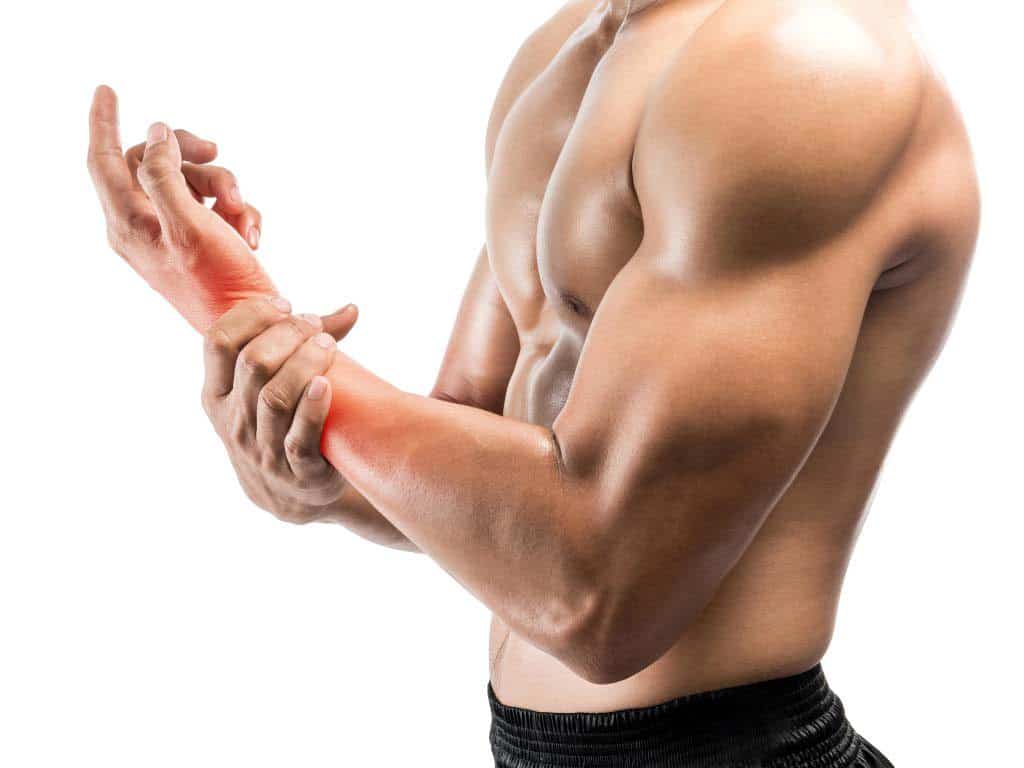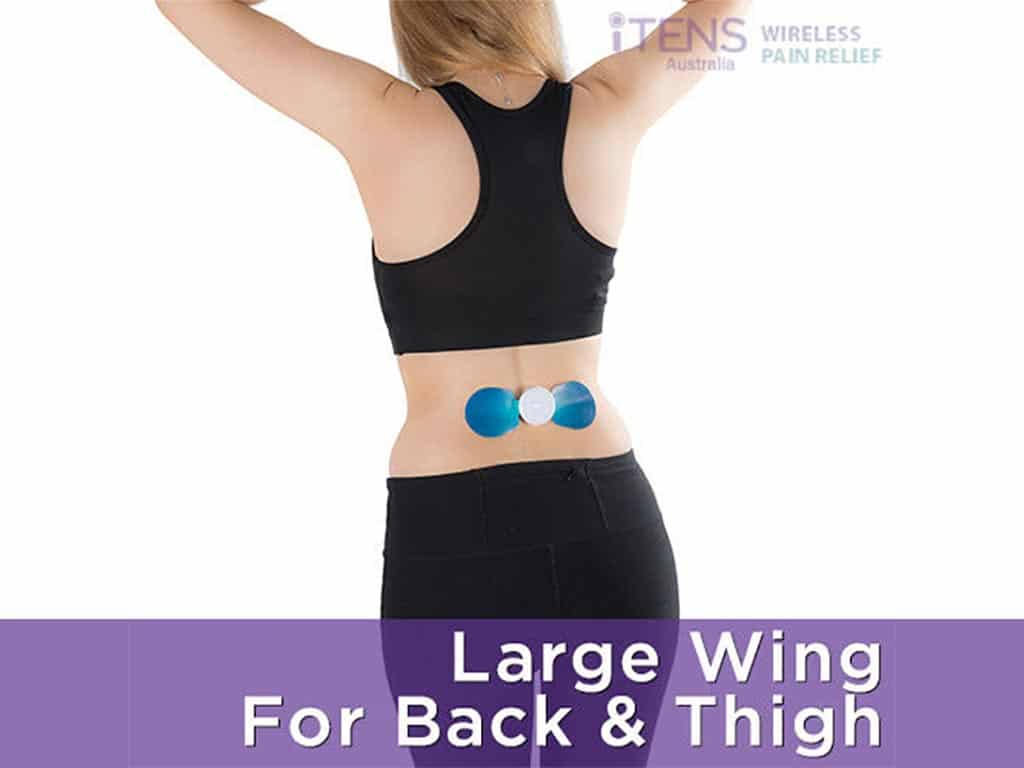
Electrical stimulation or e-stim machines have been used in physical therapy for decades. It is a popular option for individuals seeking to improve physical or health conditions through natural methods. In addition, they are portable devices that apply electrical currents to the body. They serve various purposes, from reducing pain to improving muscle strength. Each electrotherapy machines use different frequency settings to target several areas in the body.
There are many types of electrical stimulation. The most common ones are TENS (Transcutaneous Electrical Nerve Stimulation), EMS (Electrical Muscle Stimulation), and NMES (Neuromuscular Electrical Stimulation). Individuals may avail of these therapies based on their specific conditions or upon recommendations of a healthcare provider. It is essential to know their distinctions to use the right treatment. This article will talk about the different types of machines, how they work, and their applications.
E-Stim Machine for Pain Relief
E-stim machines utilise adhesive electrode pads to deliver electrical impulses to the body. These are placed on the skin near or on the target area. Moreover, the strength of the impulses varies depending on the treatment. A prevalent type of machine is TENS, which is used for pain management. It stimulates the sensory nerves to reduce pain symptoms and other discomforts.
A TENS device works by flooding the nervous system with electrical stimuli that block out pain signals sent to the brain. It interferes with the transmission of these sensations, causing an analgesic effect. This technique is based on the Gate Control Theory of Pain, wherein the nerves in the spinal cord act as gating mechanisms.
Another way TENS can relieve pain is to prompt the release of endorphins. These hormones serve as the body’s natural painkillers by inhibiting the nerve cells from sending out pain messages. It results in the brain receiving and transmitting fewer pain signals. Additionally, TENS uses high and low frequencies to attain these effects.
Applications
TENS therapy helps manage acute and chronic pain. It can help treat the following pain conditions:
- Joint pain – discomfort due to swelling. The most common cause is arthritis or wear and tear of the joints.
- Nerve pain – damage to the nerves causing it to send frequent pain signals to the brain. Examples are diabetic neuropathy, sciatica, and carpal tunnel syndrome.
- Spinal cord disorder – degenerative disc or spine conditions, such as spinal stenosis and herniated disc.
- Post-operative pain – discomfort after surgery or medical procedure.
- Soft tissue injuries – stress fractures, muscle sprains and strains.
- Menstrual pain or cramping
- Labour pain

E-Stim Machines for Muscle Stimulation
EMS is another type of e-stim machine for muscle strengthening and toning. It utilises electrical currents to stimulate the motor nerves and muscles. This makes the muscles contract and relax to help them become stronger or firmer. Unlike TENS, EMS uses stronger frequencies to attain these contractions. As a result, it helps increase muscle mass and prevent atrophy.
The electrical currents also improve blood circulation, which helps relax the muscles. This helps in reducing muscle aches and spasms. It also improves flexibility and increases the range of motion. Furthermore, it aims to achieve similar effects as doing an exercise without the added strain. Individuals may use it before and after a workout to reinvigorate the muscles.
Another type of stimulation is NMES. It is similar to EMS but more focused on therapeutic use. It is suitable for retraining the muscles to build strength and improve endurance after long periods of inactivity. Overall, EMS and NMES are helpful techniques for enhancing muscle functions.
Applications
Physiotherapists often use EMS or NMES to help patients recover from injuries or surgeries. This speeds up the healing of damaged tissues. It also benefits individuals who suffer from stroke or paralysis to regain muscle functions and mobility. Individuals may use these machines until they make a full recovery.
Furthermore, athletes and bodybuilders may incorporate it into their training programs to maintain top physical conditions. However, these devices are not substitutes for an actual workout. Moreover, it is vital to facilitate EMS therapy under the guidance of a professional. Lastly, experts recommend using the device two to three times a week.

E-Stim Machine Guidelines
E-stim machines or therapy devices need careful use to ensure safety and effectiveness. Before using a medical device, read the instructions carefully and consult a professional for any clarifications. It is also vital to know the type of condition to treat to get the right kind of treatment. Use a TENS machine for pain relief and EMS for muscle reconditioning.
Although TENS and EMS both utilise electrical currents, their settings differ. Typically, TENS uses lower intensity and frequency than EMS. Hence, it should not cause the muscles to contract. In addition, the electrode pad placement varies depending on the target area. Nevertheless, the general guidelines of electrotherapy are applicable to both.
Firstly, adhere the electrodes on the skin before turning on the device. Start with the lowest intensity and slowly work your way up. A therapist can adjust the strength of the impulses based on the patient’s tolerance and desired outcomes. The therapy session may last from 30 to 60 minutes. While EMS may require supervision, individuals can use a TENS machine independently.
Contraindications and Precautions
Electrical stimulation devices are generally safe and applicable to most people. However, there are certain circumstances wherein they are not suitable for use. TENS and EMS are not advisable for people with heart problems, epilepsy, a history of seizures, and pregnant women. Individuals must seek clearance from their healthcare providers before using these devices.
Pregnant women may use TENS for pain relief in other areas except the abdomen. In addition, do not use TENS or EMS on infected and irritated skin or open wounds. Finally, avoid electrode placement in sensitive areas like the head, temples, throat, chest, and spine.
Conclusion
E-stim machines offer individuals an efficient and non-invasive way to manage pain and improve muscle conditions. There are many types of devices, and each serves different purposes. The most common are TENS therapy and EMS. They utilise varying frequency levels to target the nerves and muscles. Furthermore, they work by stimulating the body’s natural mechanisms for pain relief and healing. They also provide other benefits, such as boosting circulation and restoring the range of motion.
Effective use requires correct pad placement and settings. You may consult a doctor or physical therapist to help determine the appropriate parameters for your specific condition. Nevertheless, the general guidelines above can help operate a therapy device safely. Conveniently, modern devices like the iTENS from iTENS Australia combine TENS and EMS benefits for more comprehensive management. Finally, you may get a machine based on your treatment needs and preferences.







